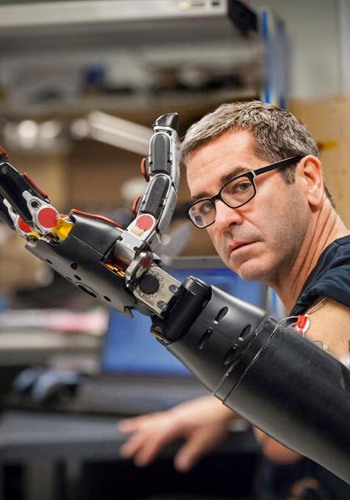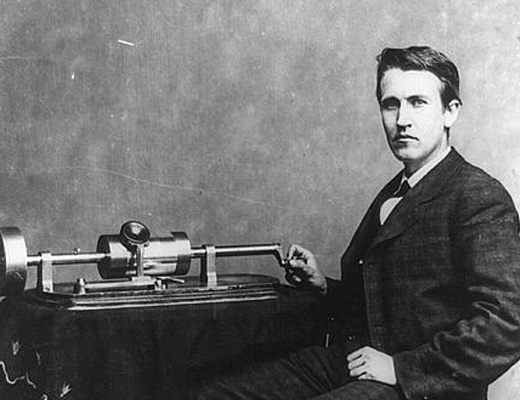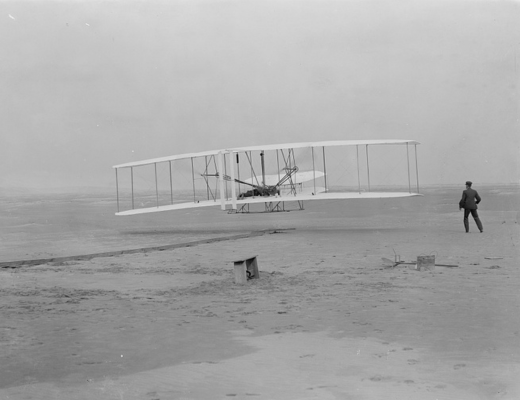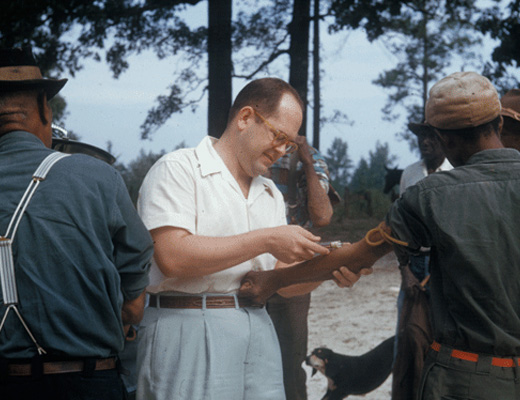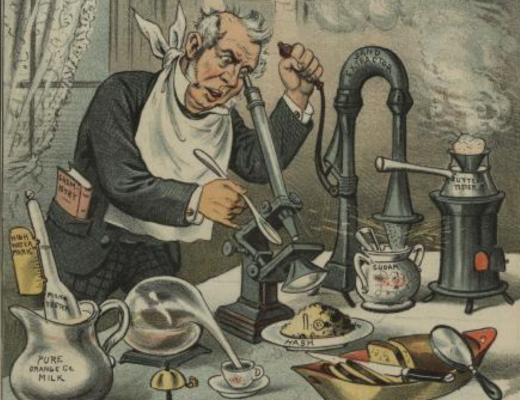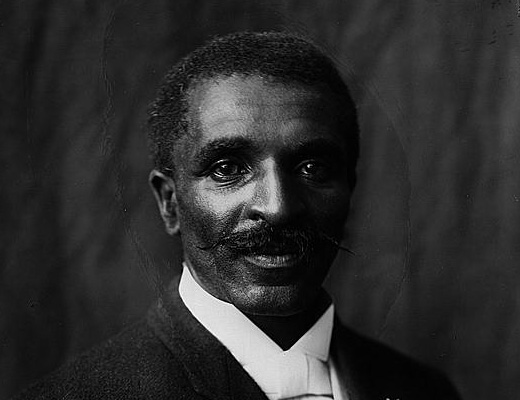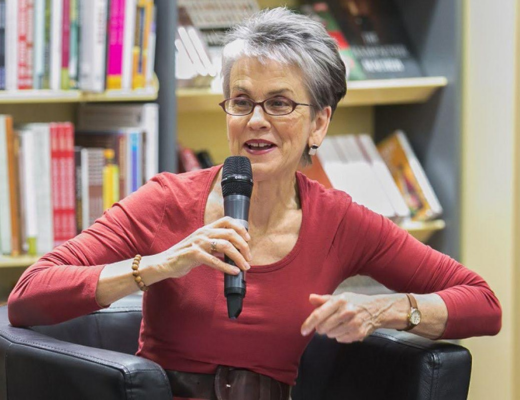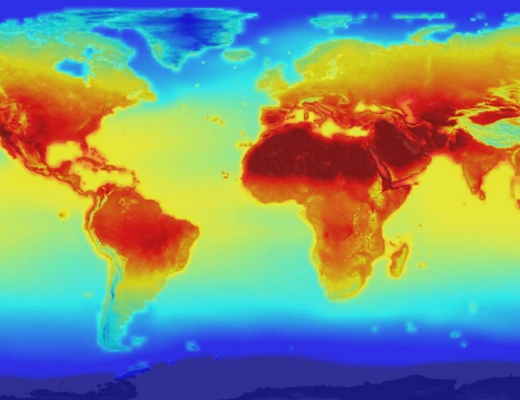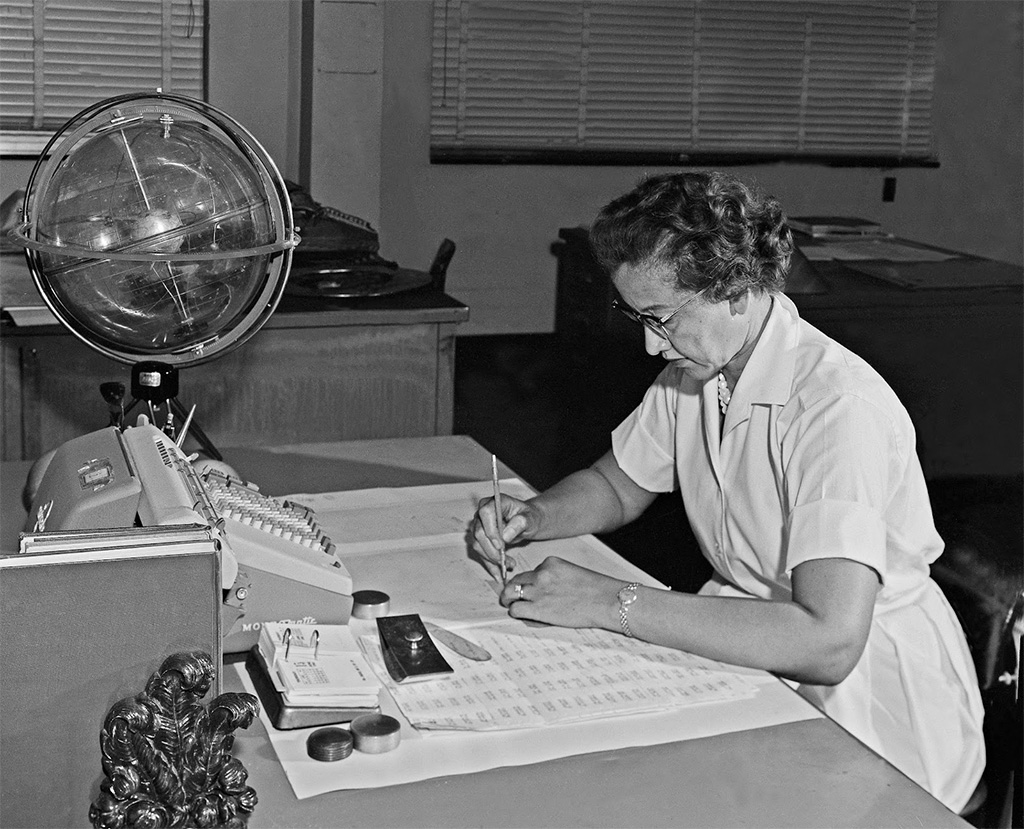The US space program became a point of national pride following World War II. A “space race” developed that pitted the United States against the Soviet Union in a competition to see which country would be first in space and ultimately first to land on the moon. Although virtually the entire country followed along as NASA sent men into space, a group of African American women served as key mathematicians, or “computers,” who calculated trajectories needed to reach the moon and make history.
Directions
One of the most prominent of the NASA “computers” was a woman named Katherine Johnson. A math whiz from a young age, Johnson made some of the crucial calculations that allowed American astronauts to go into orbit and land on the moon in 1969. Her contributions went relatively unrecognized in the press until her story was featured in the book Hidden Figures and a subsequent movie adaptation in 2016.
Watch the excerpt of Katherine Johnson on What Matters, a public affairs show by PBS station WHRO in Norfolk, Virginia. You can watch the full interview on American Archive.
Questions
Annotate this Image
Read the following excerpt from a 2017 PBS NewsHour interview with Janelle Monae and Taraji P. Henson, who starred in the movie adaptation of Hidden Figures. Henson played Katherine Johnson and Monae played Mary Jackson, two pioneering mathematicians at NASA who played a crucial role in the U.S. space program.
Directions: While you read, use the annotator tool to answer the following questions.
- What did you first notice? What did the segment make you think?
- Describe a key event from US history that Taraji and Monae wished they had learned about in school.
- What is an example that demonstrates the way the actresses’ identities inspired them to be proud of their work in Hidden Figures?
- Think about what part of the interview helps answer these two questions and mark your annotations there: What is one difference between film and journalism? What is one similarity between film and journalism?
Download the notes to share with your class.
Source: PBS NewsHour
Use the toggle button above to switch to Magnify Mode. Magnify mode will help you see finer detail in the image.
Switch back to Annotate Mode to create your annotations with click and drag.
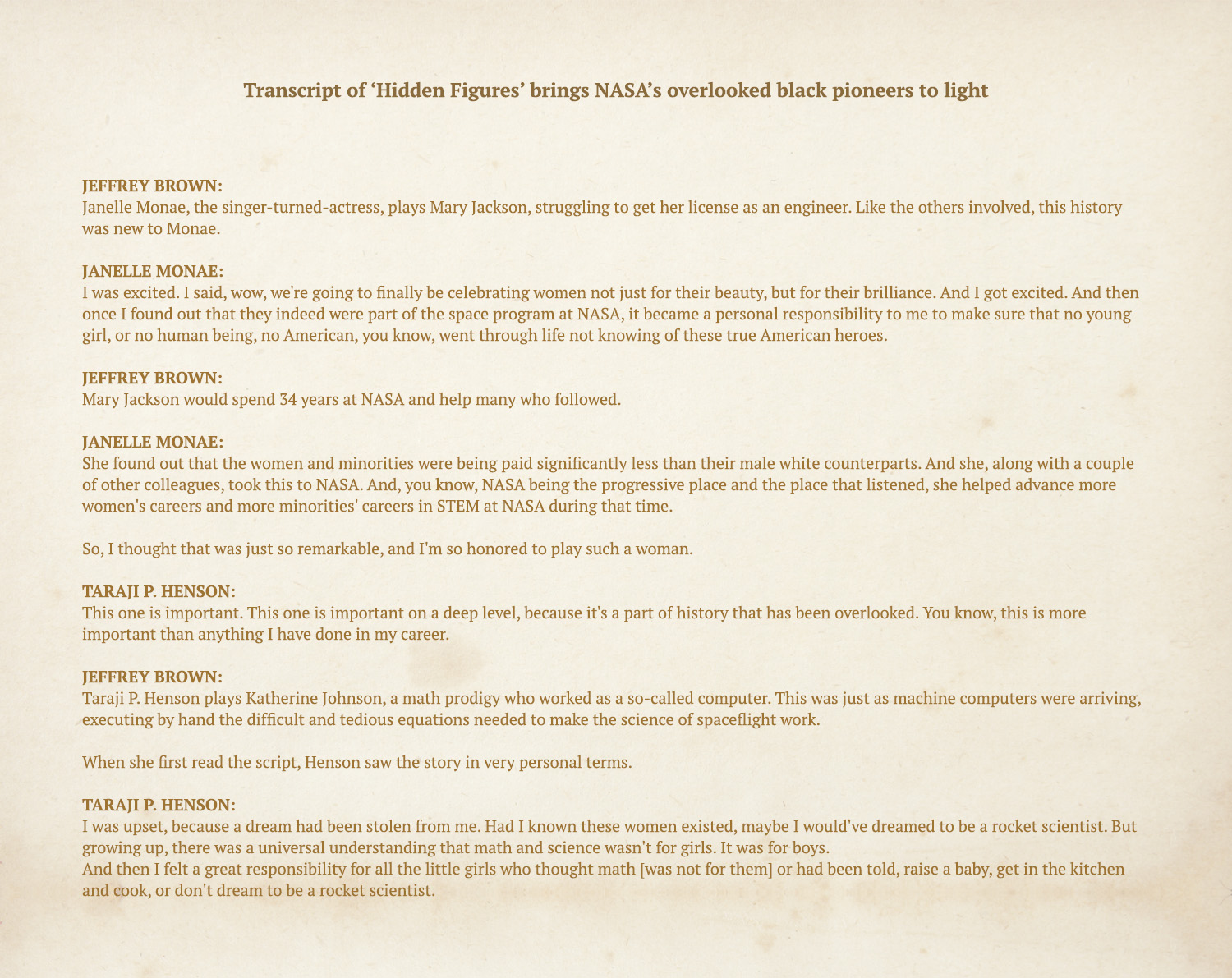
Your Annotations
Puzzler
Directions: Take a look at the different sections of the picture of Katherine Johnson at work one by one and answer the question that accompanies each section. At the end, you will see the completed image.
Source: Library of Congress
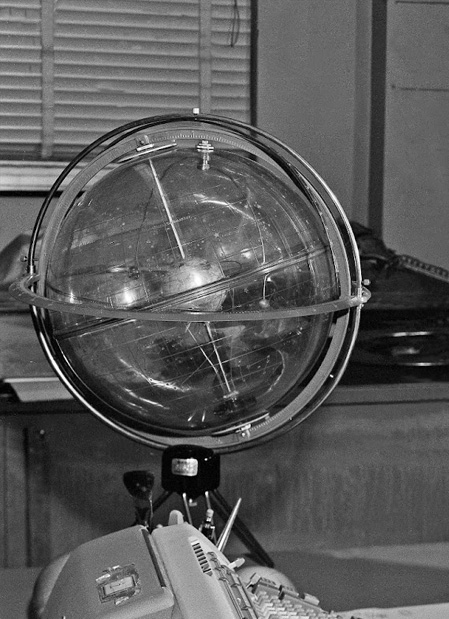
Cropped Image 1
What is unique about this globe? How does it reflect the work that Johnson was doing?
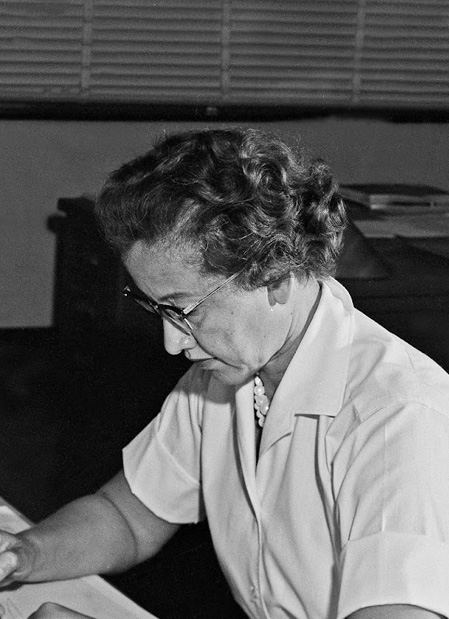
Cropped Image 2
What do you notice about Johnson here?
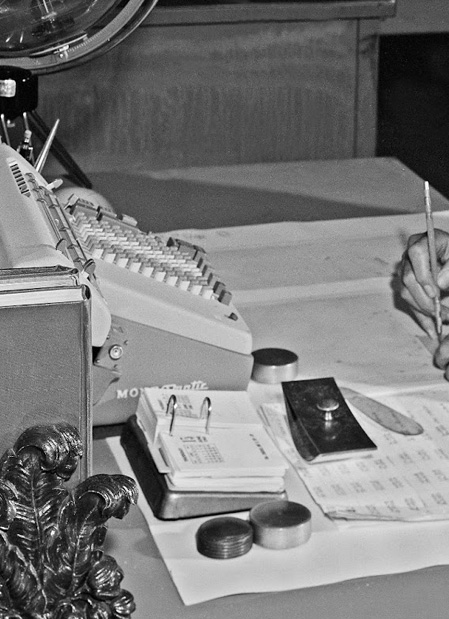
Cropped Image 3
What do you see in this part of the photo? What is your reaction to the level of technology that Johnson used at NASA (Note that this photograph was taken, NASA had already sent John Glenn into orbit.)?
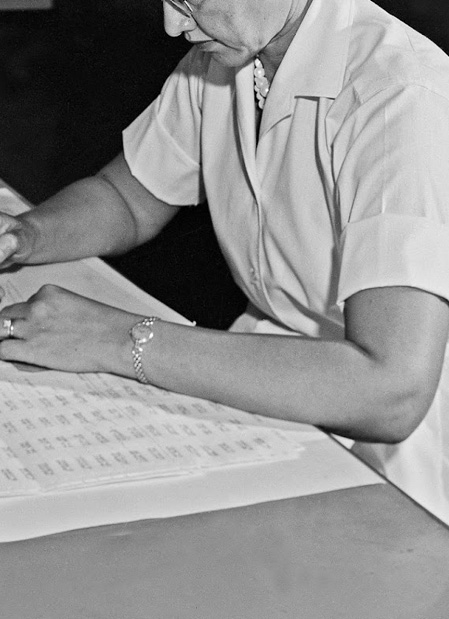
Cropped Image 4
Although computers existed at this point, why do you think Johnson is performing calculations on paper? Do you think NASA still does calculations on paper today?

